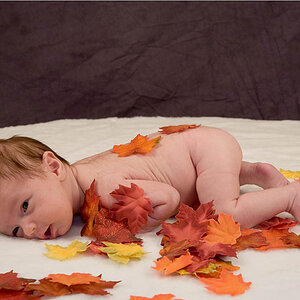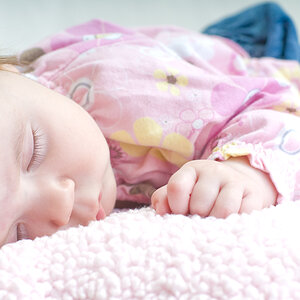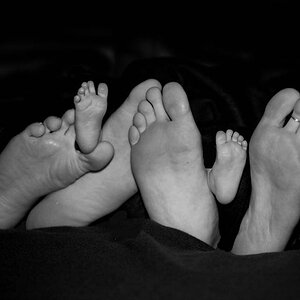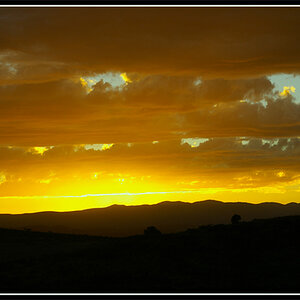Alex Hopskotch
TPF Noob!
- Joined
- Jul 1, 2008
- Messages
- 11
- Reaction score
- 0
- Can others edit my Photos
- Photos OK to edit
Okay well my current camera is a digital and even still it only has an ISO range from 50 to 400 and I just ordered a Canon AE-1P so I was wondering what film I should use to get the right exposure in certain places. I've read that normally people use 400 for street photography but, and bear in mind I'd like to avoid using flash (because I hate flash and because I don't have one for this camera), what would you use for night time street, indoors day, indoors night and has anyone used their film for concert photography?
I'm a total n00b to film but I'm eager to learn so any help would be really appreciated.
I'm a total n00b to film but I'm eager to learn so any help would be really appreciated.


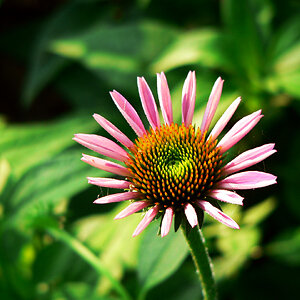

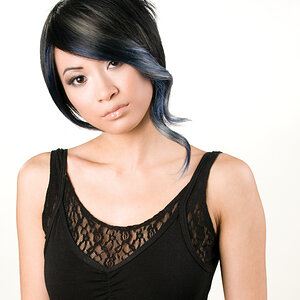
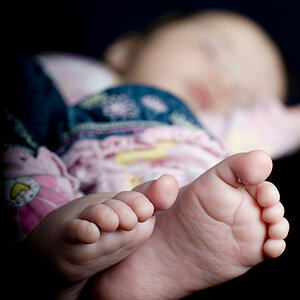
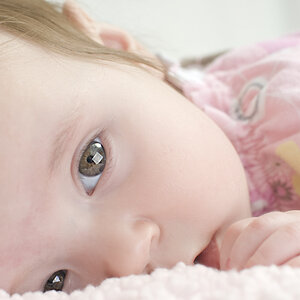
![[No title]](/data/xfmg/thumbnail/32/32930-09414fc020c2a60a456ff59a05c5ef8f.jpg?1619735759)

